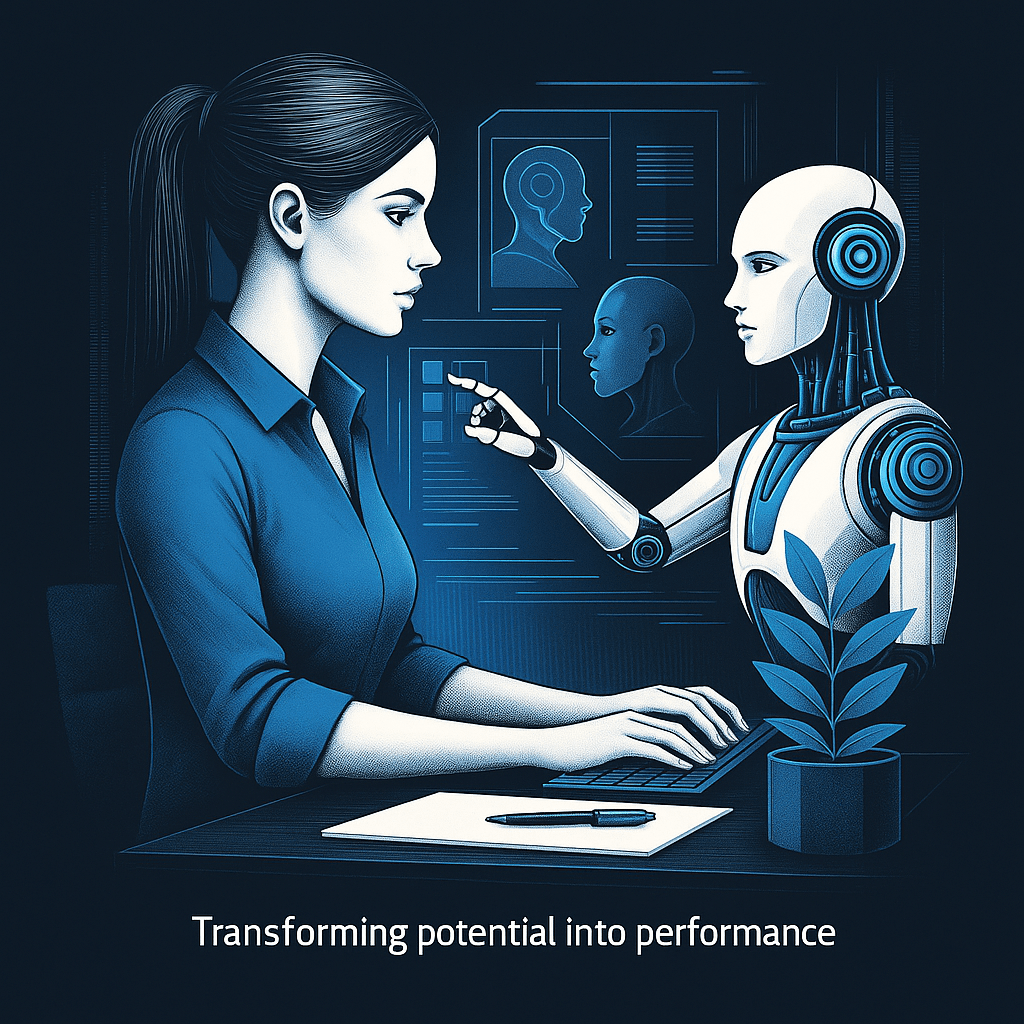
Like a lot of people, I wasn’t sure at first where AI would actually fit into my day-to-day work. I didn’t want to rely on it, I didn’t want to sound robotic and I definitely didn’t want anything I published to feel generic or templated.
But over time, I’ve found a handful of ways AI can help me work faster without losing the human side of what I do.
This post isn’t about hacks or automation tools, it’s about how I’m using AI to save time and focus more on what actually matters. The work that moves the needle.
I use AI to create structure, not polish
Some days, getting started is the hardest part. So I use AI to help me structure early ideas, especially when I’m juggling client work, content and prepping for a course launch.
- I might jot down some rough thoughts, then ask ChatGPT to group them into a clearer outline
- I sometimes draft a short blog paragraph and ask for a couple of alternative angles or tone shifts
- If I’m working on course slides, I might get a rough script blocked out that I can then rework and personalise
I don’t expect it to be perfect. I expect it to be helpful.
I use it to cut through noise, not replace judgement
I also use AI to summarise things quickly when I’m short on time. Things like meeting notes, long emails and even call transcripts. It gives me a starting point, but I always review the context myself. It’s still my brain making the final call.
This has saved hours in my week, especially when switching between projects or trying to keep things moving without missing key details.
Where I draw the line at using AI to save time
I don’t use AI to write anything final. I don’t use it to speak for me. And I don’t use it to remove the parts of my work that need real connection.
Every blog post, every course module, every client email still goes through me. My tone. My edits. My judgement.
Because that’s the part people connect with and that’s not something I’m willing to outsource.
Strategic Thinking Still Matters Most
What AI has done is help me make better use of my time, but that only works when I use it intentionally.
I still need to decide what to say yes to. What to prioritise. And what direction I’m heading in.
That’s where strategic thinking matters most and it’s what I teach in my work. AI might help you move faster, but strategy helps you move in the right direction.
Want to use AI without losing your voice?
My upcoming course, How to Employ Strategic Thinking, helps you cut through noise, reduce reactivity and make better decisions whether you’re leading a team or building a business.
→ Join the waitlist or get in touch before launch day.
Transforming Potential into Performance
